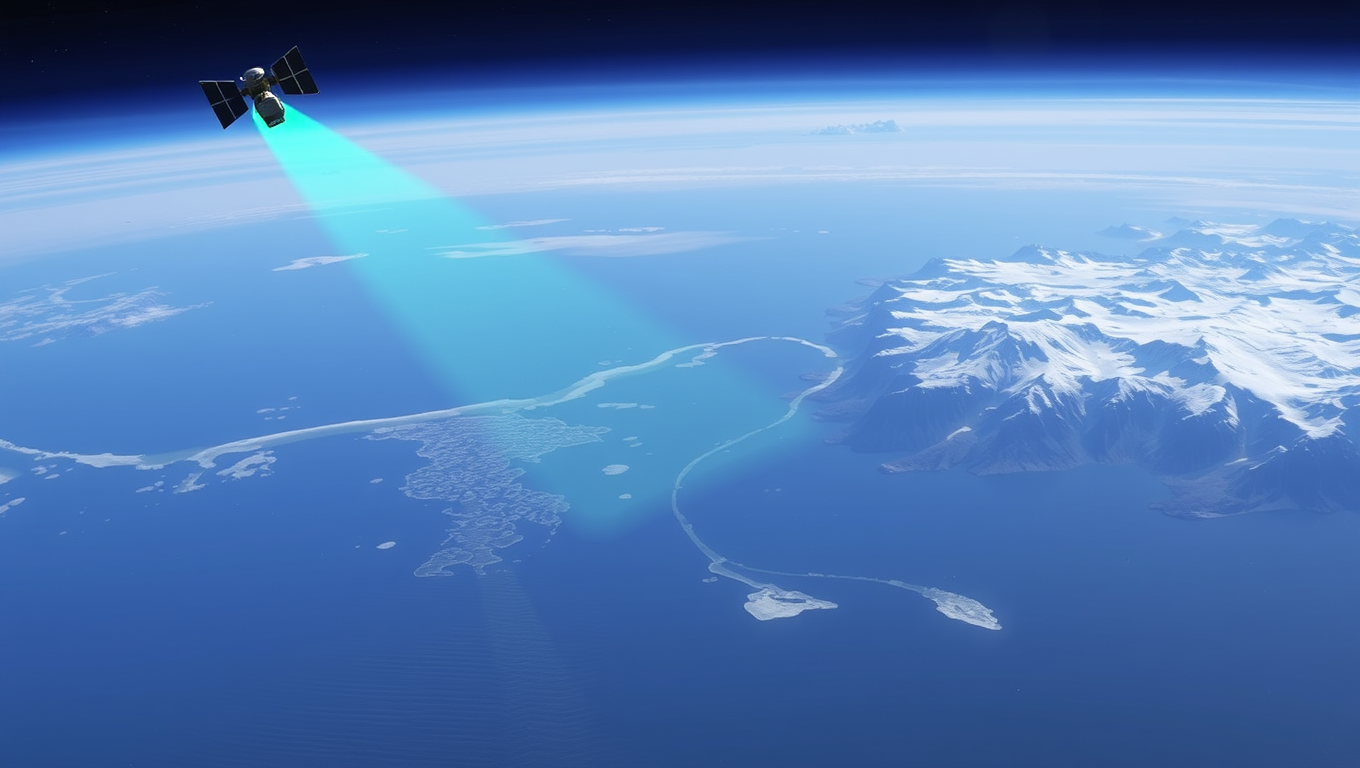While we try to keep things accurate, this content is part of an ongoing experiment and may not always be reliable.
Please double-check important details — we’re not responsible for how the information is used.
Early Climate
First Direct Observation of Trapped Waves that Shook the World in 2023
A new study has finally confirmed the theory that the cause of extraordinary global tremors in September — October 2023 was indeed two mega tsunamis in Greenland that became trapped standing waves. Using a brand-new type of satellite altimetry, the researchers provide the first observations to confirm the existence of these waves whose behavior is entirely unprecedented.

Early Climate
Uncovering Appalachia’s Ancient Past: The Discovery of a Monster Salamander in Tennessee
A massive, extinct salamander with jaws like a vice once roamed ancient Tennessee and its fossil has just rewritten what we thought we knew about Appalachian amphibians. Named Dynamognathus robertsoni, this powerful predator wasn t just a curiosity; it may have sparked an evolutionary chain reaction, shaping the region s remarkably diverse salamander population. Once thought to be isolated to southern Alabama, salamanders like this one were clearly far more widespread and potentially far more influential than previously believed. And it all began with a volunteer sifting through tons of dirt near East Tennessee State University.
Ancient Civilizations
Uncovering Ancient Native American Farms in Michigan: A Drone-Based Study Reveals 1,000-Year-Old Farming System
In the dense forests of Michigan s Upper Peninsula, archaeologists have uncovered a massive ancient agricultural system that rewrites what we thought we knew about Native American farming. Dating back as far as the 10th century, the raised ridged fields built by the ancestors of the Menominee Indian Tribe covered a vast area and were used for cultivating staple crops like corn and squash. Using drone-mounted lidar and excavations, researchers found evidence of a complex and labor-intensive system, defying the stereotype that small, egalitarian societies lacked such agricultural sophistication. Alongside farming ridges, they also discovered burial mounds, dance rings, and possible colonial-era foundations, hinting at a once-thriving cultural landscape previously obscured by forest.
Ancient Civilizations
Uncovering Hidden Secrets: A 3,500-Year-Old Cemetery Reveals New Insights into Bronze Age History
Bronze Age life changed radically around 1500 BC in Central Europe. New research reveals diets narrowed, millet was introduced, migration slowed, and social systems became looser challenging old ideas about nomadic Tumulus culture herders.
-

 Detectors8 months ago
Detectors8 months agoA New Horizon for Vision: How Gold Nanoparticles May Restore People’s Sight
-

 Earth & Climate9 months ago
Earth & Climate9 months agoRetiring Abroad Can Be Lonely Business
-

 Cancer9 months ago
Cancer9 months agoRevolutionizing Quantum Communication: Direct Connections Between Multiple Processors
-

 Albert Einstein9 months ago
Albert Einstein9 months agoHarnessing Water Waves: A Breakthrough in Controlling Floating Objects
-

 Earth & Climate9 months ago
Earth & Climate9 months agoHousehold Electricity Three Times More Expensive Than Upcoming ‘Eco-Friendly’ Aviation E-Fuels, Study Reveals
-

 Diseases and Conditions9 months ago
Diseases and Conditions9 months agoReducing Falls Among Elderly Women with Polypharmacy through Exercise Intervention
-

 Chemistry8 months ago
Chemistry8 months ago“Unveiling Hidden Patterns: A New Twist on Interference Phenomena”
-

 Agriculture and Food9 months ago
Agriculture and Food9 months ago“A Sustainable Solution: Researchers Create Hybrid Cheese with 25% Pea Protein”





























